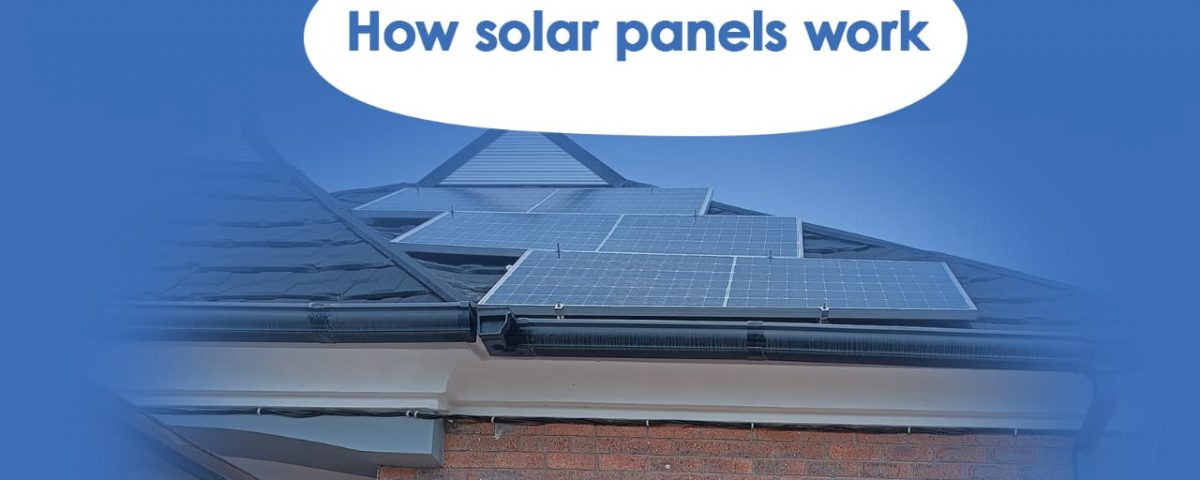How solar panels work

Innovative uses of solar energy!
2023-05-06
The Future Of Solar Energy
2023-07-15At the heart of a solar panel system are photovoltaic (PV) cells, made of semiconductor materials such as silicon. These cells have a unique property that allows them to convert sunlight into electricity. When sunlight hits the surface of a solar panel, it excites the electrons in the PV cells, creating a flow of electrical current.
A solar panel is typically made up of multiple PV cells connected in series or parallel to increase the overall power output. These cells are sandwiched between layers of protective material, such as tempered glass on the front and a polymer backsheet on the rear, to ensure durability and longevity. To generate usable electricity, solar panels need to be properly installed and oriented towards the sun. They are typically mounted on rooftops or in open areas with optimal exposure to sunlight.
The angle and tilt of the panels are also adjusted to maximize the amount of solar radiation they receive. Now let’s dive into the technical aspects of how solar panels convert sunlight into electricity. When photons from sunlight strike the surface of a PV cell, they transfer their energy to the electrons within the cell. This excitation causes the electrons to break free from their atoms, creating a flow of electrons known as direct current (DC). However, most homes and businesses use alternating current (AC) electricity, which means the DC electricity generated by the solar panels needs to be converted. This is where an inverter comes into play.
The inverter converts the DC electricity into AC electricity, making it compatible with the electrical grid and the appliances we use every day. Solar panels are typically connected to an electrical distribution system, either through a grid-tied system or an off-grid system. In a grid-tied system, excess electricity generated by the solar panels can be fed back into the utility grid, earning credits or reducing the energy bill through net metering.
In an off-grid system, the generated electricity is stored in batteries for later use, providing power when the sun is not shining. It’s important to note that the efficiency of solar panels has improved significantly over the years. Advances in technology have made it possible to capture more sunlight and convert it into usable electricity.
Today, solar panels can convert sunlight with an efficiency of up to 20% or even higher depending on the type of panel and the conditions it is exposed to. In addition to their environmental benefits, solar panels are also a long-term investment. While they require an upfront cost, they can significantly reduce or even eliminate electricity bills over time. With proper maintenance, solar panels can last for several decades, providing a reliable and sustainable source of energy.
In conclusion, solar panels work by harnessing the power of sunlight and converting it into usable electricity through photovoltaic cells. They are an eco-friendly and cost-effective solution to meet our energy needs. So, if you’re considering going solar, it’s a bright choice for a greener future! Get started




